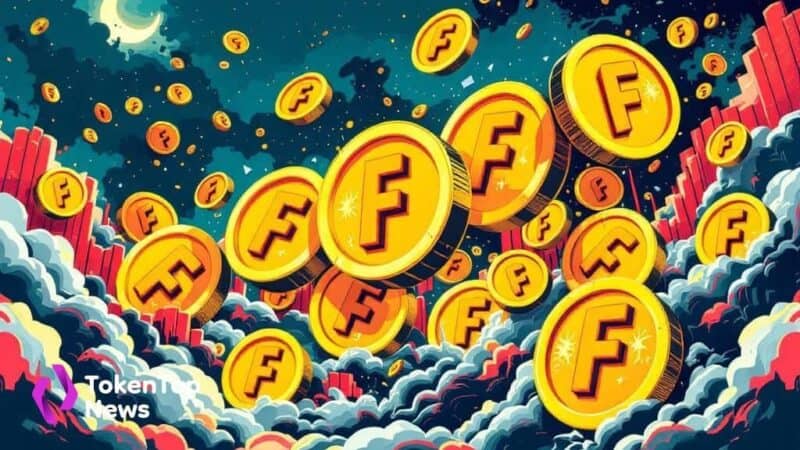Unidentified Whale Stakes $6.1B USDC, Moves 66,000 ETH to Binance
- Unidentified whale stakes $6.1B USDC, moves 66,000 ETH to Binance.
- No statements from leaders or exchanges on the transaction.
- Market volatility potential due to significant ETH transfer.
An unidentified whale or institution staked $6.1 billion in USDC and borrowed 66,000 ETH, depositing it into Binance on October 21, 2025.
This significant transaction suggests potential market movements, impacting Ethereum ETH -2.08% liquidity and triggering monitoring by on-chain analysts.
Whale Staking and Ethereum Movement
A certain whale or institution has made a notable transaction by staking $6.1 billion in USDC. This was followed by borrowing 66,000 ETH and depositing it into Binance. No official statements have been released.
“A certain whale/institution has cumulatively staked 6.1 billion USDC tonight, borrowing 66,000 ETH and depositing it into Binance.” – Lookonchain, On-chain Monitoring Platform
The specific identity of the whale remains undisclosed, with blockchain monitoring platforms highlighting the move. There is no historical information available, as no direct comments have been provided by leading executives.
Market Implications
The financial market witnessed a significant event where ETH reserves at Binance saw a sharp increase. Such moves are often associated with potential market volatility and liquidity changes. Despite substantial activity, price impacts were not immediate.
The transaction’s nature indicates a strategic financial move, potentially aligned with speculative or liquidity goals. Such incidents are not uncommon and can influence derivatives markets, impacting collateralized assets like USDC and protocols like Aave.
Community and Expert Observations
The crypto community closely observes these developments due to historical precedents where large movements led to market shifts. Tracking on-chain data provides insight into possible outcomes, including potential volatility and trading activity surges in the short-term sector.
Experts highlight that while immediate responses from leadership are absent, similar activities have previously resulted in increased exchange inflows and derivatives interest spikes. The absence of regulatory or official institutional communication further fuels speculation about underlying motives.




